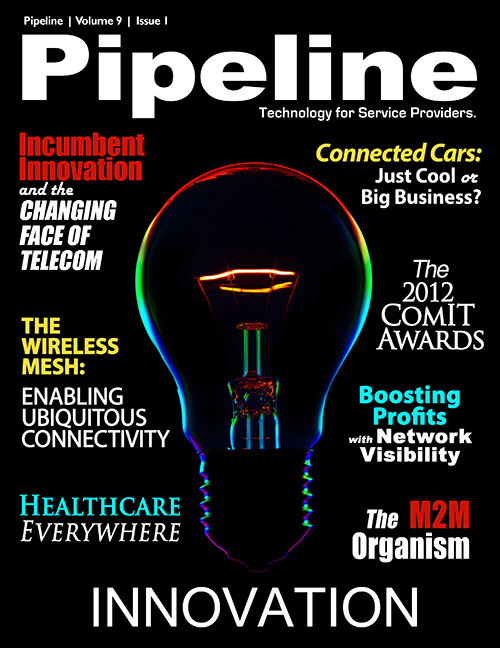Healthcare Everywhere : How Communications IT Can Solve the Health Care Crisis
Today there are 860 million individuals worldwide with chronic conditions and around 75 to 85 percent of healthcare spending is on chronic condition management, according to Amdocs.
“Innovation in the connected home domain is helping individuals with the following chronic conditions to live healthier lives by connecting them to their care team through a more efficient exchange of personal health information,” Arrede says.
Diseases including diabetes, sleep apnea, asthma COPD, medication tracking and more can be monitored remotely from home.
A predominant driver of home health, particularly in the developed world, is a aging population.
Innovation in the connected home is helping the elderly live independently longer through the exchange of personal health and safety information that connects them to their family and care team. Everything from activity levels to blood pressure can be monitored and sent to a health care provider through innovation in the connected home.
Now caregivers can reach out and treat patients far beyond the hospital. AT&T recently signed an agreement with Valued Relationships Inc. to deliver a remote patient monitoring service to manage chronic diseases and help reduce hospital readmissions. The end-to-end managed service is scheduled to be available in the third quarter of 2012.
The system enables the real-time monitoring of all sorts of data to improve recovery and prevent relapses and hospital visits. Healthcare providers provide a list of patients to AT&T, and VRI will equip, train, monitor and respond to alerts for one monthly price. It also offers reminders to take medicine and perform other tasks. Data is captured wirelessly through connected personal health devices such as blood pressure cuffs, weight scales and pulse oximeters and sends it over a highly-secure network to care representatives.
Simple Solutions Can Make the Difference
Simple communications technologies like SMS text messages and voice calls can deliver real-time, critical information quickly and easily, offering access to medical care even in the most remote areas and cut down on the burden of travel.
The BCK/Telenor report gives the example of a 26-year-old pregnant mother in India living in a remote village without access to doctors or hospitals.
“With the assistance of a mobile phone, she can receive timely birth-related information and advice and become aware of any signs of danger during her pregnancy” the report says. “Thanks to this information, she has a successful delivery and both mother and child go on to lead healthy lives.”



















